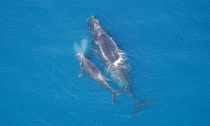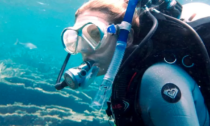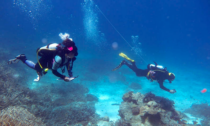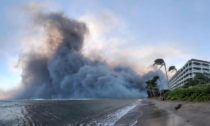
According to a study published in PLOS ONE, 72% of cetacean and pinniped stocks managed under U.S. jurisdiction are highly or very highly vulnerable to climate change. The research was led by Matthew D. Lettrich at NOAA Fisheries, in Silver Spring, Maryland, USA.
Climate change could affect the distribution, behavior, and movements of marine mammals via warming ocean temperatures, rising sea levels, decreasing dissolved oxygen, declining sea ice coverage, ocean acidification, and salinity changes. Climate vulnerability assessments (CVAs) provide a framework for evaluating climate impacts over a broad range of species.
Prior to the study, no known CVAs specifically assessed U.S.-managed marine mammals...
Read More



















Social Profiles